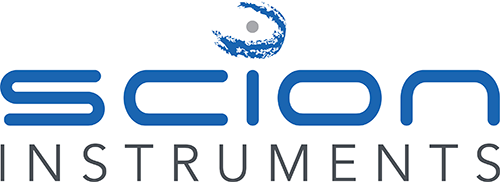How Chromatography Is Used In Pharmaceutical Analysis
What is the principle of pharmaceutical analysis?
The pharmaceutical industry develops, manufactures, and distributes drugs and medications to diagnose, treat, and prevent diseases.
Pharmaceutical companies actively conduct extensive research to discover new drugs and ensure their safety. During manufacturing, companies follow stringent regulatory standards to maintain product quality, consistency, and purity. Analysts widely use techniques like chromatography in pharmaceutical testing. The two main analytical techniques in pharmaceutical analysis include high-performance liquid chromatography (HPLC) and gas chromatography (GC).
What are the key roles of chromatography in pharmaceutical analysis?
Pharmaceutical scientists widely employ liquid chromatography and gas chromatography to separate, identify, and quantify active pharmaceutical ingredients. These methods provide precise and sensitive analysis, allowing researchers to evaluate the purity, stability, and consistency of drugs throughout development, manufacturing, and quality control stages.
Chromatography detects trace contaminants and confirms adherence to stringent regulatory standards. Chromatography plays a pivotal role in pharmaceutical research, formulation optimization, batch-to-batch consistency, and regulatory compliance. This analytical approach supports the continuous improvement in pharmaceutical formulations and manufacturing processes.
What are the two types of pharmaceutical analysis?
Pharmaceutical testing ensures the quality, safety, and efficacy of pharmaceutical products. Researchers and analysts categorize pharmaceutical analysis into two main types:
Qualitative Analysis: This analysis identifies the presence or absence of specific compounds in a pharmaceutical product. It focuses on determining the chemical constituents and their characteristics without measuring their quantities.
Quantitative Analysis: This analysis measures the amount or concentration of a specific substance in a pharmaceutical product. It plays a vital role in ensuring that drug formulations meet regulatory standards for dosage and potency.
Why is pharmaceutical analysis done?
Pharmaceutical analysis plays a critical role in developing, producing, and controlling the quality of pharmaceutical products. Here are the key reasons why experts conduct pharmaceutical testing:
Quality Control: Analysts ensure the safety, efficacy, and consistency of pharmaceutical products by detecting impurities and contaminants that could compromise drug quality.
Regulatory Compliance: Companies must meet strict regulations set by authorities like the FDA and EMA. Analysts conduct thorough testing to ensure compliance with these regulatory requirements.
Drug Development: Researchers use analysis to assess the pharmacokinetics and pharmacodynamics of compounds, helping to understand how drugs behave in the body.
Stability Testing: Analysts determine a drug’s stability over time by evaluating how factors such as temperature, light, and humidity affect its potency and safety.
Formulation Development: Scientists use analysis to assess interactions between active pharmaceutical ingredients (APIs) and excipients, ensuring the formulation achieves the desired release profile.
Bioavailability Studies: Researchers evaluate how effectively the body absorbs and utilizes a drug, providing essential information for optimizing dosage forms.
Detection of Counterfeits: Analysts identify counterfeit or substandard drugs to ensure patients receive authentic and effective medications.
Clinical Trials: Scientists monitor drug concentration levels during clinical trials and evaluate the safety and efficacy of drugs in human subjects.
Pharmacovigilance: Researchers perform ongoing safety monitoring after a drug reaches the market to detect any adverse effects or issues that arise with widespread use.
Research and Development: Scientists rely on analytical techniques to explore new formulations, delivery methods, and therapeutic targets, driving innovation in pharmaceuticals.
